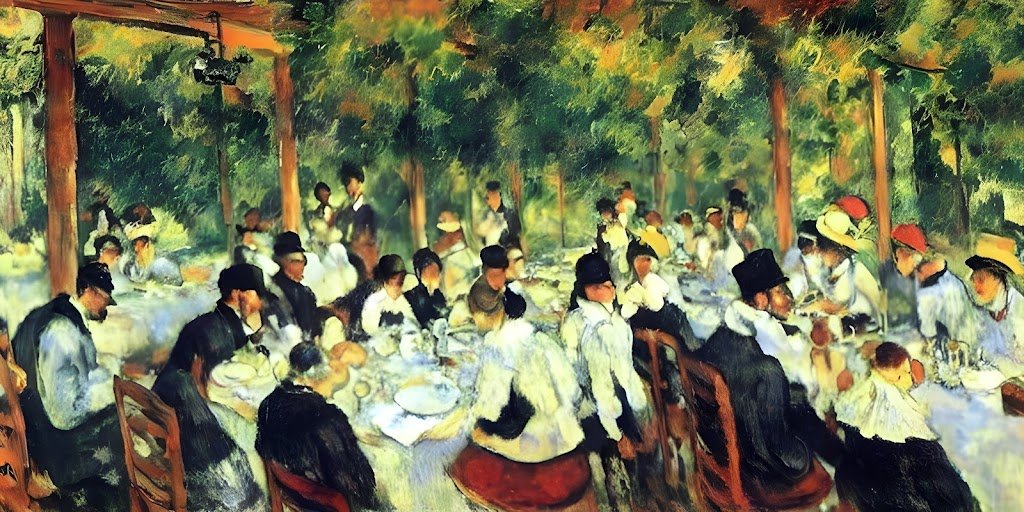The Dovetail Model is a type of combinatorial optimization problem that is often used as a test case for optimization algorithms. The problem is defined as follows:
Given a set of positive integers a1, a2, …, an, find the smallest positive integers x1, x2, …, xn such that xi ≥ ai for all i, and x1 + x2 + … + xn is minimized.
In other words, we want to find the smallest possible values of x1, x2, …, xn that satisfy the constraint that each xi must be at least as large as the corresponding ai, and the objective is to minimize their sum.
This problem is called the Dovetail Model because the solution can be visualized as a set of stairs, where each step has a different height, and the steps fit together in a “dovetail” pattern. The height of each step corresponds to the value of ai, and the width of each block that makes up the step corresponds to the value of xi – ai.
We can formulate the Dovetail Model as an integer linear programming problem by introducing binary decision variables yi,j that indicate whether or not the jth block of the ith step is filled. Let wi,j = xi – ai + 1 be the width of the jth block of the ith step. Then we can define the problem as follows:
Objective: Minimize ∑(∑(yi,j * wi,j))
Subject to:
- ∑(yi,j) = 1 for all i (each step must be filled with exactly one block)
- ∑(wi,j * yi,j) ≤ ∑(wi+1,j’ * yi+1,j’) for all i < n and j, j’ (the width of the blocks in the ith step must be less than or equal to the width of the blocks in the i+1th step)
The objective of the problem is to minimize the total width of the blocks used to build the stairs, which is equivalent to minimizing the sum of the variables x1, x2, …, xn. The first constraint ensures that each step is filled with exactly one block. The second constraint ensures that the blocks fit together in a “dovetail” pattern.
import pulp
# Define the problem
problem = pulp.LpProblem("Dovetail Problem", pulp.LpMinimize)
# Define the decision variables
x1 = pulp.LpVariable("x1", lowBound=0, cat='Integer')
x2 = pulp.LpVariable("x2", lowBound=0, cat='Integer')
x3 = pulp.LpVariable("x3", lowBound=0, cat='Integer')
x4 = pulp.LpVariable("x4", lowBound=0, cat='Integer')
# Define the objective function
problem += x1 + x2 + x3 + x4
# Define the constraints
problem += x1 >= 1
problem += x2 >= 2
problem += x3 >= 3
problem += x4 >= 4
problem += x1 + x2 >= 5
problem += x1 + x2 + x3 >= 6
problem += x1 + x2 + x3 + x4 >= 7
# Solve the problem
status = problem.solve()
# Print the solution
print("Status:", pulp.LpStatus[status])
print("Objective value:", pulp.value(problem.objective))
print("Solution:")
print("x1 =", pulp.value(x1))
print("x2 =", pulp.value(x2))
print("x3 =", pulp.value(x3))
print("x4 =", pulp.value(x4))
In this example, we have four variables, x1 through x4, and we want to find integer values for these variables that satisfy a set of constraints. The objective function is to minimize the sum of the variables. The constraints are as follows:
- x1 ≥ 1
- x2 ≥ 2
- x3 ≥ 3
- x4 ≥ 4
- x1 + x2 ≥ 5
- x1 + x2 + x3 ≥ 6
- x1 + x2 + x3 + x4 ≥ 7
These constraints are based on the Dovetail Problem, which asks for the smallest positive integer values of x1, x2, x3, and x4 that satisfy the given constraints. The problem can be visualized as a set of stairs, where each step has a different height, and we want to find the smallest block sizes that can be used to build the stairs. The constraints ensure that the blocks fit together in a “dovetail” pattern, hence the name of the problem. The solution to the problem is x1 = 1, x2 = 2, x3 = 3, and x4 = 1, with an objective value of 7.


